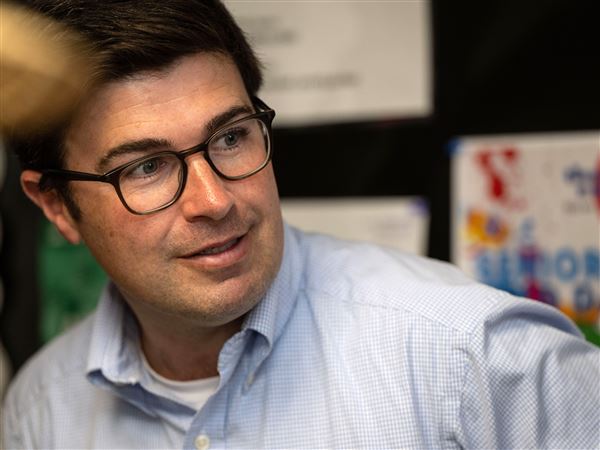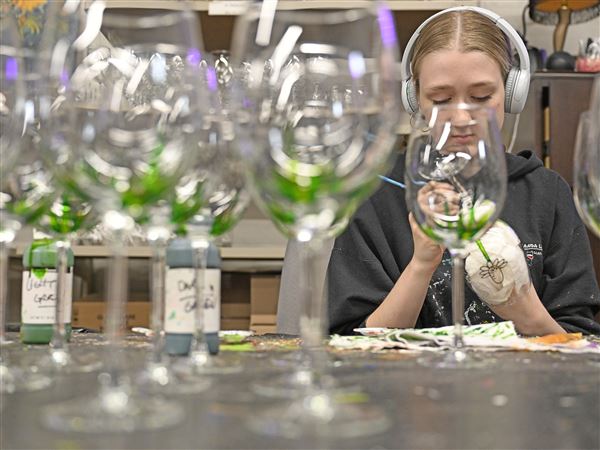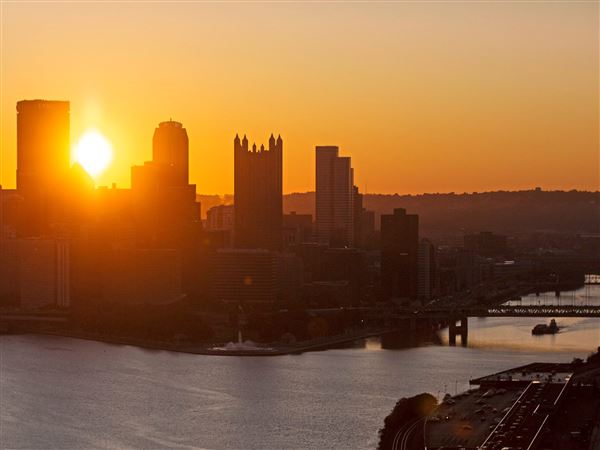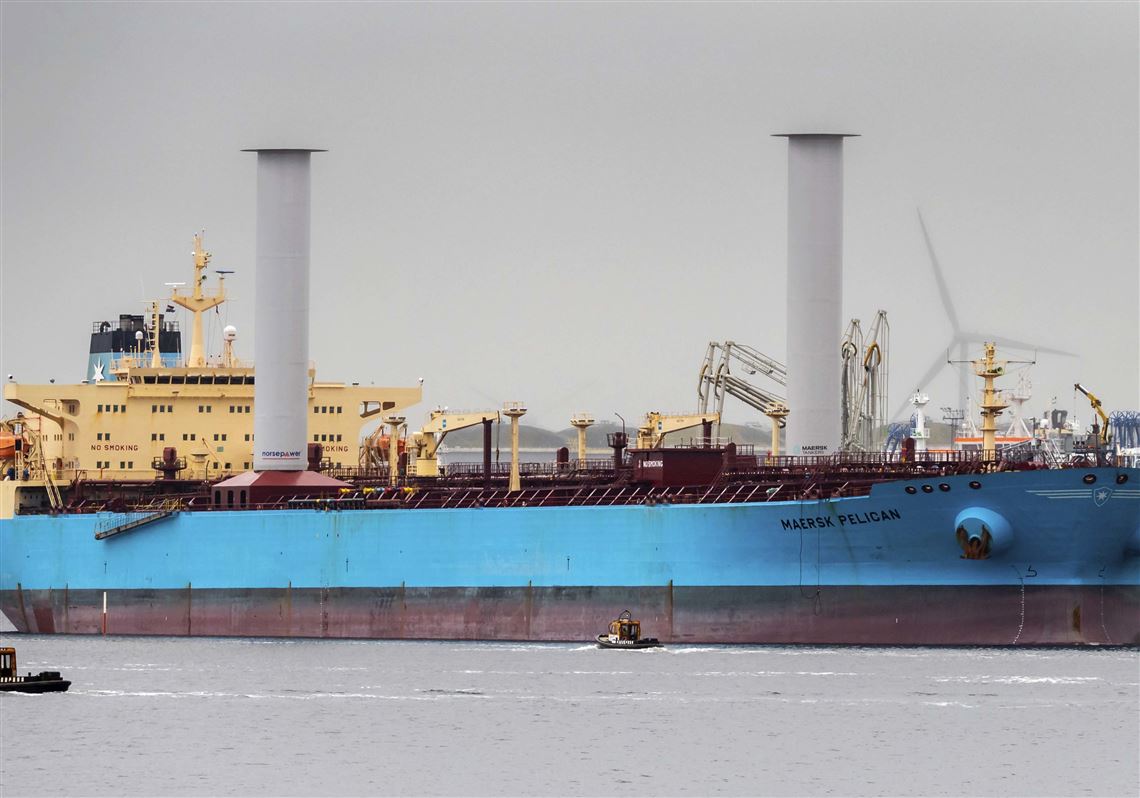LONDON (AP) — As the shipping industry faces pressure to cut climate-altering greenhouse gases, one answer is blowing in the wind.
European and U.S. tech companies, including one backed by airplane maker Airbus, are pitching futuristic sails to help cargo ships harness the free and endless supply of wind power. While they sometimes don’t even look like sails — some are shaped like spinning columns — they represent a cheap and reliable way to reduce CO2 emissions for an industry that depends on a particularly dirty form of fossil fuels.
“It’s an old technology,” said Tuomas Riski, the CEO of Finland’s Norsepower, which added its “rotor sail” technology for the first time to a tanker in August. “Our vision is that sails are coming back to the seas.”
First Published: December 6, 2018, 5:00 a.m.
Updated: December 6, 2018, 9:10 a.m.

















